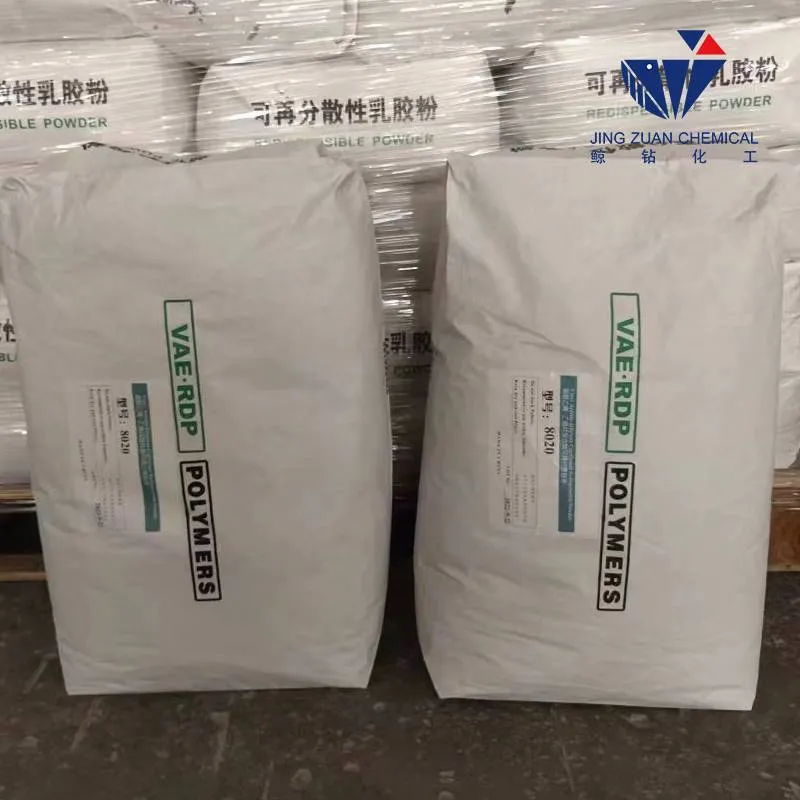
Novemba . 08, 2024 22:48 Back to list
HPMC Solubility Guide for Pharmaceutical Formulations and Applications
Understanding HPMC Solubility A Comprehensive Guide
Hydroxypropyl methylcellulose (HPMC) is a versatile cellulose derivative commonly used in various industries, including pharmaceuticals, construction, food, and cosmetics. Its unique properties make it an essential ingredient in formulations where stability, viscosity, and moisture retention are crucial. One significant aspect of working with HPMC is understanding its solubility in different solvents, which can greatly impact the performance of a end product. This article aims to delve into HPMC solubility and provide insights into its significance, backed by a comprehensive solubility chart.
What is HPMC?
HPMC is a non-ionic polymer with a wide range of applications due to its ability to form gels and retain moisture. Its properties can be tailored by adjusting the ratio of hydroxypropyl, methyl, and cellulose in its structure. This versatility allows HPMC to be employed as a thickener, emulsifier, or stabilizer. In pharmaceuticals, HPMC is often used as a film-forming agent in sustained-release formulations, providing targeted delivery of active ingredients.
Importance of HPMC Solubility
Understanding the solubility of HPMC is crucial for formulating effective products. The solubility of HPMC varies depending on factors such as temperature, concentration, and the presence of other ingredients. A well-defined solubility chart provides valuable information for formulators, helping them select the appropriate type and grade of HPMC for their specific application.
HPMC Solubility Chart Overview
The HPMC solubility chart categorizes different grades of HPMC based on their solubility in water and other common solvents. HPMC is known to be soluble in cold and hot water, but its solubility can be influenced by several factors
1. Molecular Weight Higher molecular weight HPMCs tend to have lower solubility. For example, HPMC with a high viscosity grade may require higher temperatures or longer mixing times to dissolve completely.
hpmc solubility chart

2. Hydroxypropyl and Methyl Content The degree of substitution of hydroxypropyl and methyl groups significantly affects solubility. HPMC grades with a higher hydroxypropyl content exhibit better solubility in water, while those with a higher methyl content may be less soluble.
3. Temperature Solubility generally increases with temperature. Heating the solution can enhance the dissolution process for HPMC, particularly for those grades that are less soluble at room temperature.
4. pH Levels The pH of the solution can also affect HPMC solubility. While HPMC is stable across a wide pH range, extreme pH levels may impact its viscosity and gelling properties.
Exploring Practical Applications
Knowledge of HPMC solubility is paramount for formulators in various sectors. In the pharmaceutical industry, selecting the right grade of HPMC can determine the release profile of a drug. Higher solubility grades are suited for rapid-release formulations, while lower-solubility grades are ideal for sustained-release products.
In the construction industry, HPMC is often added to cement-based products such as mortars and tile adhesives. The solubility characteristics influence the workability, adhesive strength, and water retention of these materials. A well-prepared HPMC solution can improve the performance of construction materials, leading to longer-lasting applications.
Similarly, in the food industry, HPMC is utilized as a thickening agent in sauces and dressings. Understanding the solubility dynamics allows food formulators to achieve the desired texture and viscosity while maintaining product stability.
Conclusion
HPMC is an invaluable ingredient across various industries, and a thorough understanding of its solubility is essential for optimizing formulations. The HPMC solubility chart serves as a helpful tool for selecting the appropriate grade and understanding the key factors influencing solubility. As industries continue to evolve and seek innovative solutions, the importance of HPMC and its solubility will undoubtedly remain significant. By leveraging this knowledge, formulators can develop high-performance products that meet the needs of consumers and industries alike.
-
Unlocking the Benefits of HPMC Products: A Gateway to Versatile Applications
NewsAug.07,2025
-
Unleashing the Potential of HPMC Ashland: A Comprehensive Look
NewsAug.07,2025
-
Tile Bonding Cellulose: The Key to Superior Adhesion and Durability
NewsAug.07,2025
-
Hydroxypropyl Methylcellulose Powder: The Versatile Component in Modern Pharmaceuticals
NewsAug.07,2025
-
Hydroxyethyl Cellulose: The Versatile Solution for Various Industries
NewsAug.07,2025
-
Hydroxyethyl Cellulose (HEC): The Versatile Polymer for Various Applications
NewsAug.07,2025







